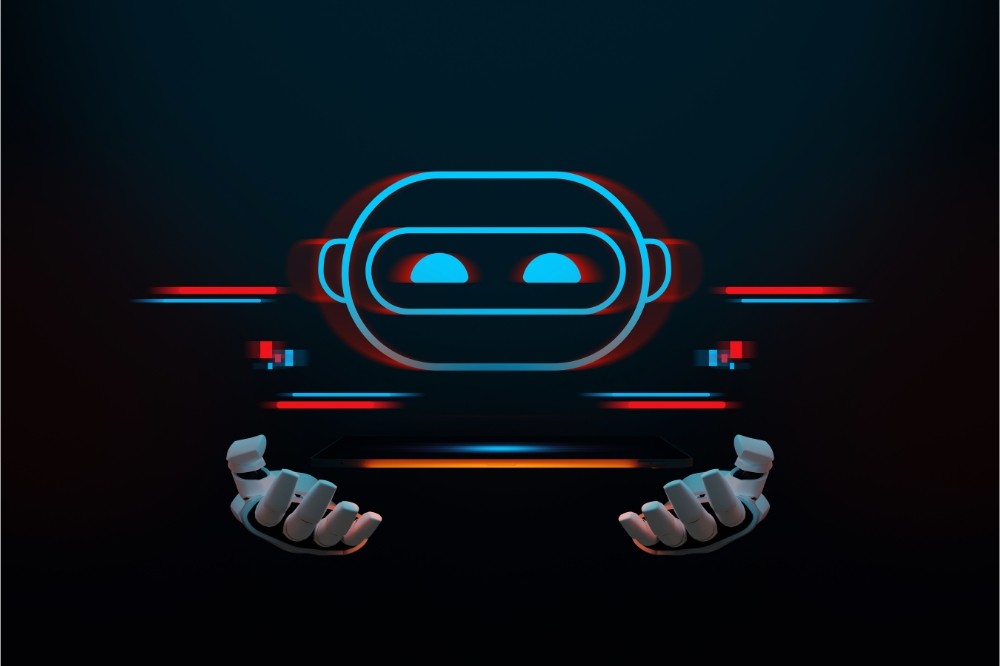
generative deep learning, deep learning applications, machine creativity, artificial intelligence in art, creative machines
generative painting algorithms, deep learning in visual arts, machine-generated artwork, AI-generated paintings
artistic style transfer using neural networks, image generation with GANs (Generative Adversarial Networks), deep dream algorithm for artistic expression
moral questions surrounding AI art ownership and authorship, collaboration between human artists and AI systems in creating artworks
writing with generative models, AI-generated stories and poetry, natural language generation using recurrent neural networks (RNNs)
RNN-based language models (LSTMs), Transformer models for long-form writing tasks like novels or essays
generative music algorithms, AI-generated compositions, deep learning in music creation, machine learning music
RNN-based models for improving melody generation, recurrent neural networks (RNNs) in harmonic progression prediction
creative partnerships between composers and AI systems, exploring new musical possibilities with generative deep learning
generative adversarial networks (GANs) for game asset creation, procedural content generation with deep learning
RNN-based models for level layout generation, GANs for realistic terrain generation
NLP-driven techniques to generate conversational dialogues for non-player characters (NPCs), sentiment analysis for emotionally rich interactions within games
Generative deep learning is a fascinating field that explores the capabilities of machines to create art, literature, music, and even play games. By using advanced algorithms and neural networks, researchers are teaching machines to generate original content that mimics the style and creativity of human artists.
In the realm of painting, generative deep learning models can analyze vast collections of artwork and learn patterns of composition, color palettes, and brush techniques. These models can then generate new pieces of art that showcase a unique artistic style or blend different styles together.
When it comes to writing, generative deep learning models have been used to generate text in various styles and genres. By training these models on large datasets of literature or specific authors' works, they can produce coherent paragraphs or entire stories that resemble human-written prose.
Similarly, in the field of music composition, researchers have employed generative deep learning techniques to teach machines how to compose melodies and harmonies. By learning from extensive musical libraries or specific composers' compositions, these models can create original pieces that evoke different emotions and moods.
Interestingly, generative deep learning has also made its way into the gaming industry. Machines are being taught how to play games like chess or Go by analyzing extensive databases of human-played games. With enough training and exposure to gameplay strategies, these machines become formidable opponents capable of outperforming even the best human players.
Generative deep learning offers immense potential for unlocking new realms of creativity across various art forms. While these machine-generated outputs may not entirely replace human artists or writers, they present exciting opportunities for collaboration between man and machine in creating innovative and inspiring works.